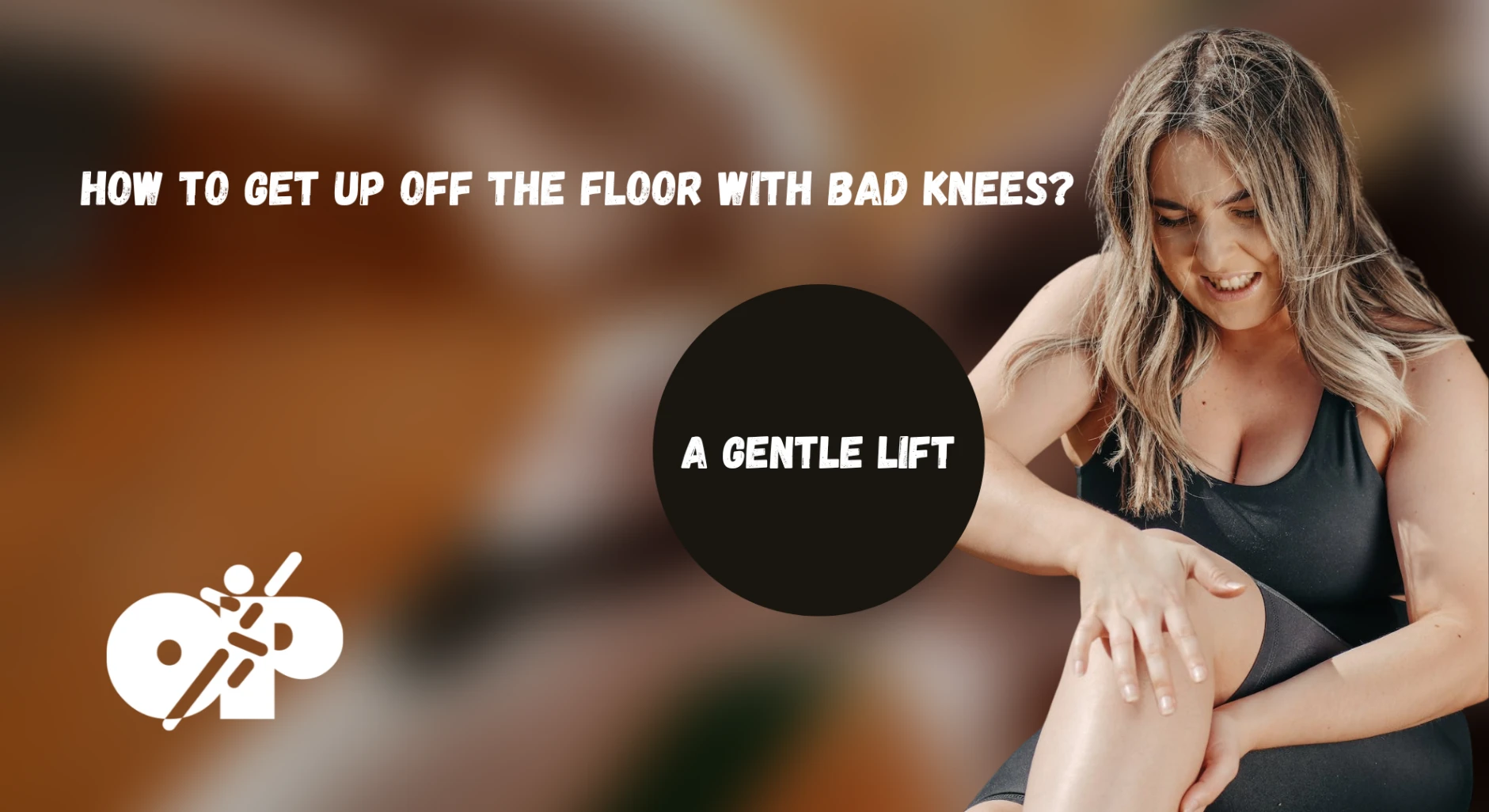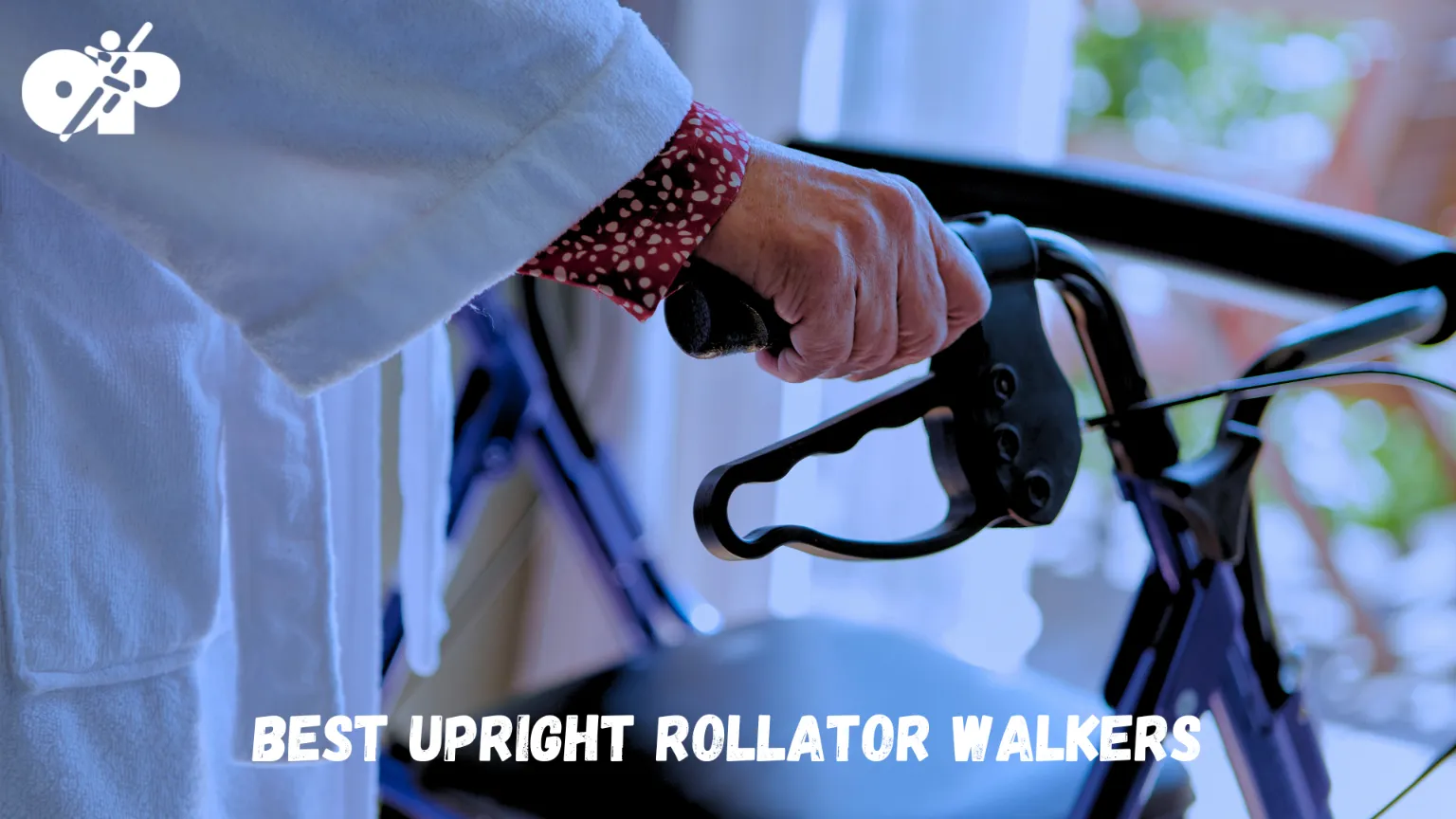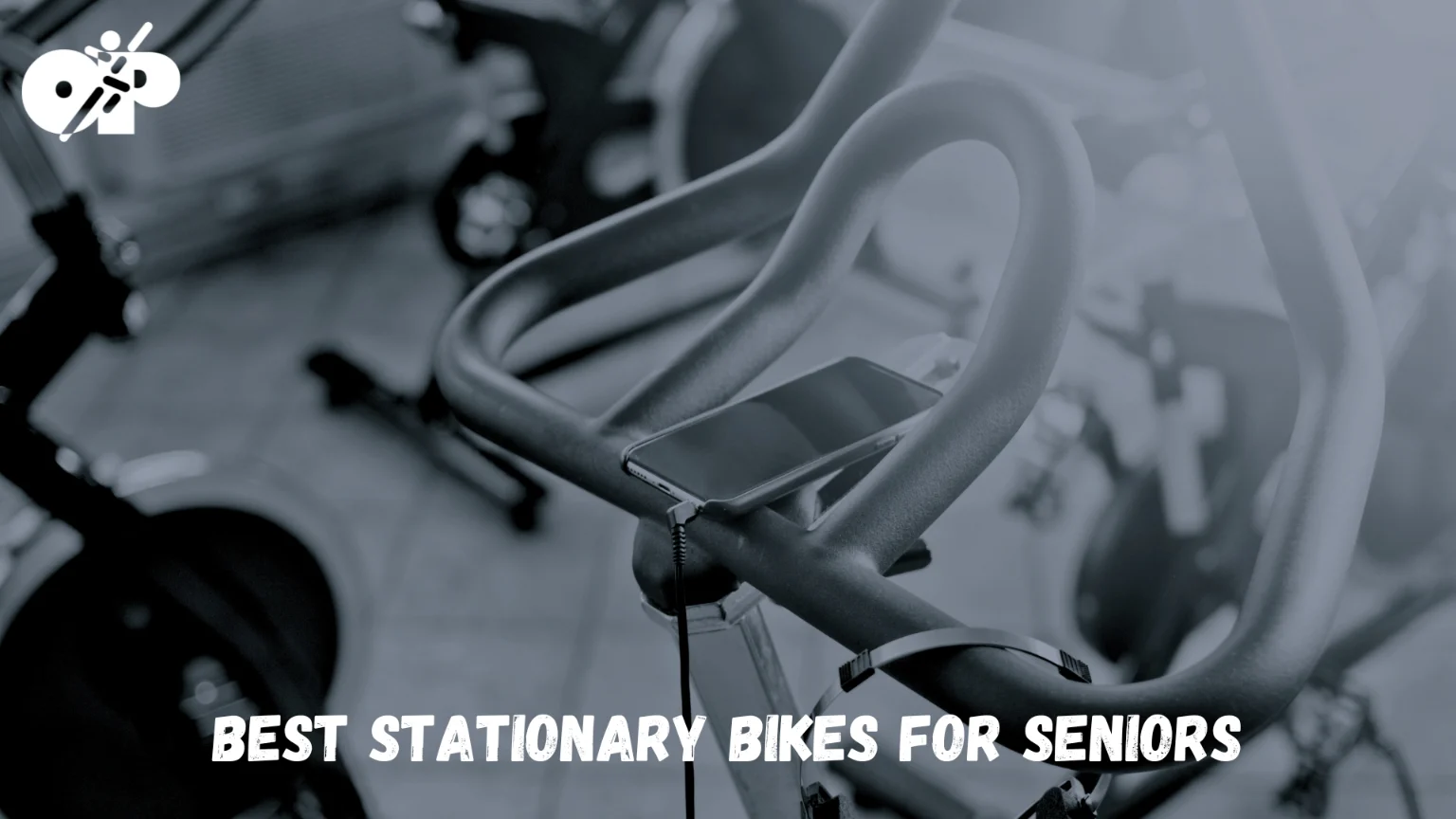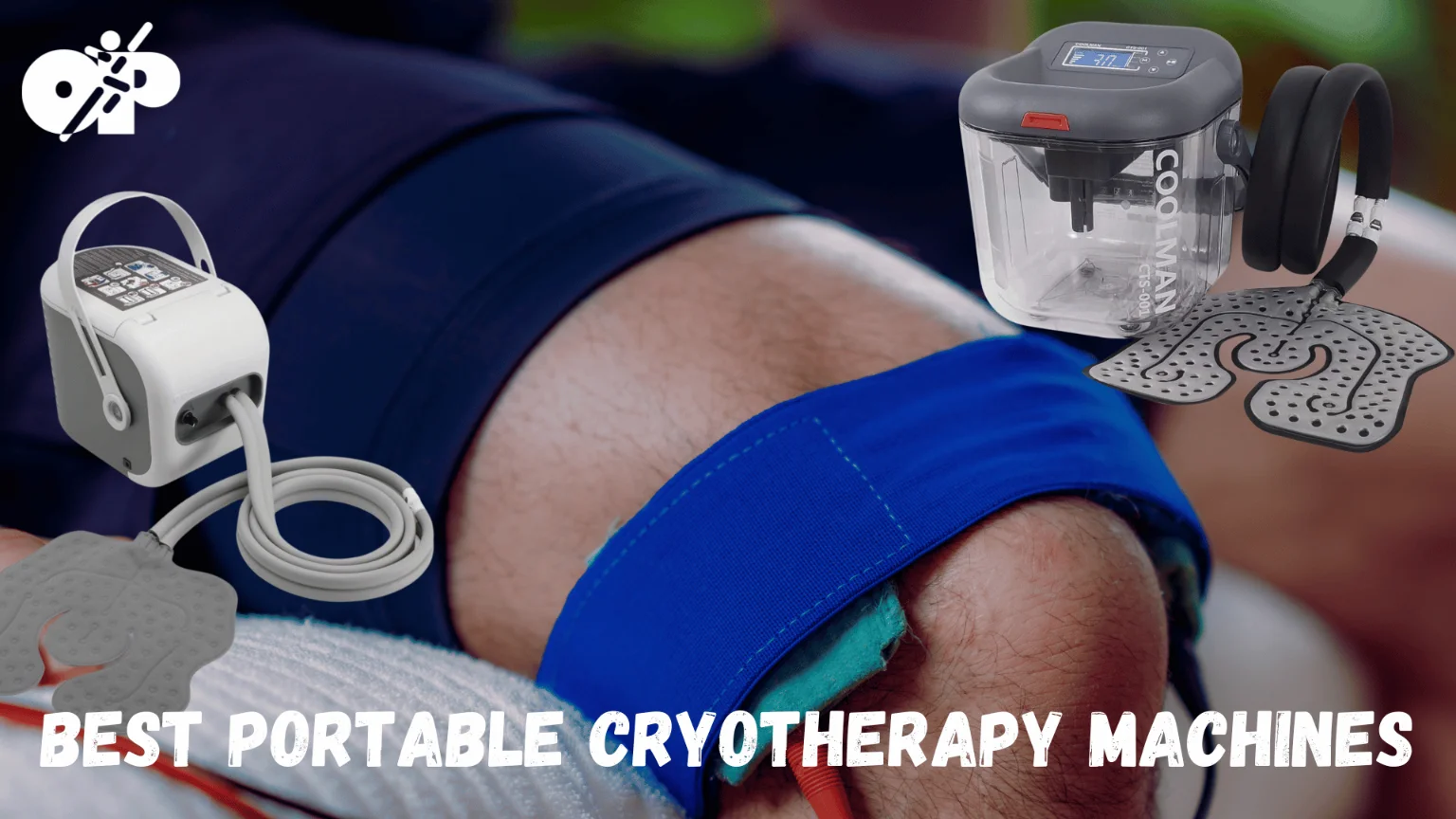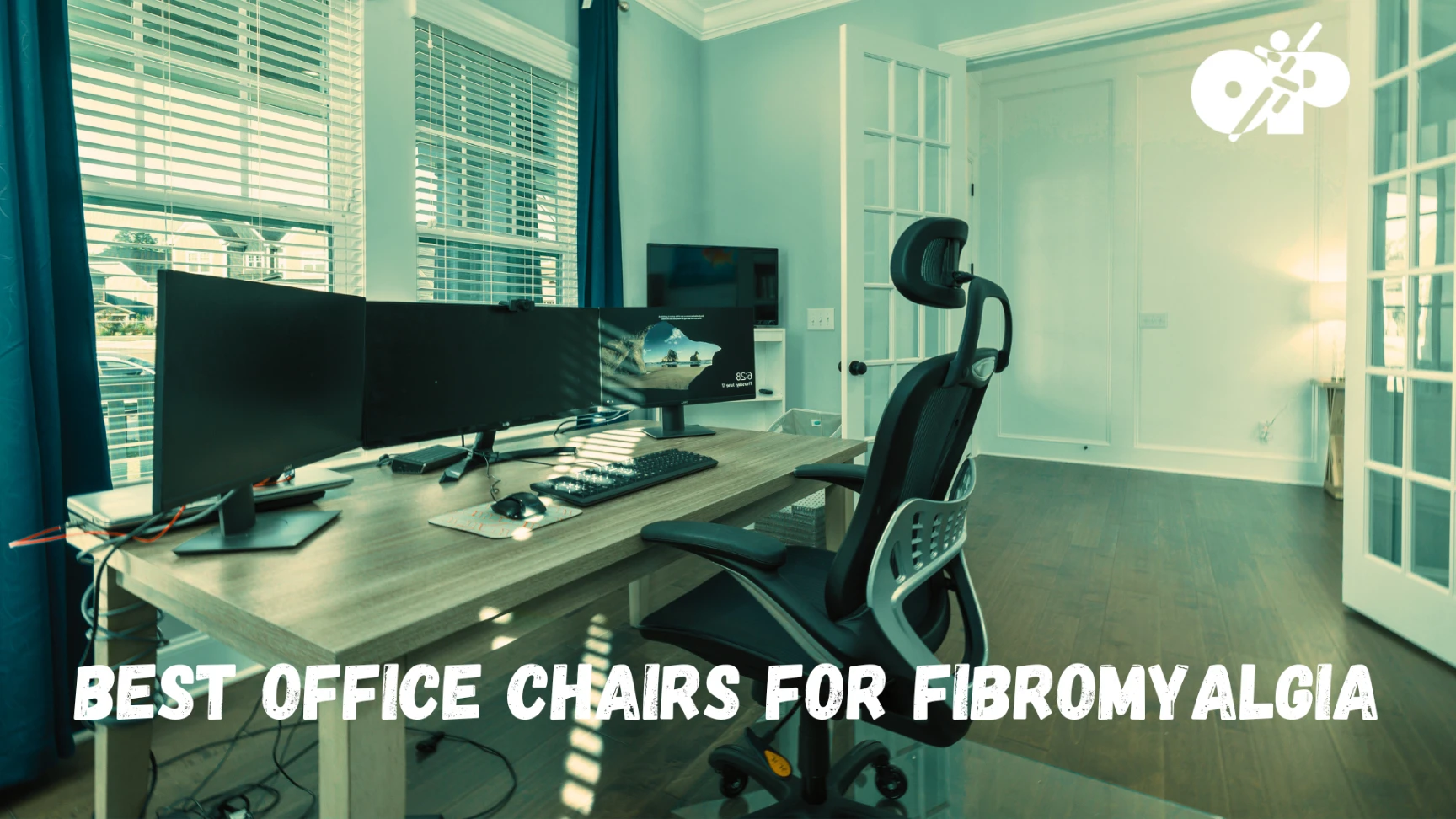The journey of life is often paralleled with physical movement, from the steps of a toddler to the strides of an elder. At the crux of this motion lies the knee, a nexus of strength and flexibility. Yet, like any crucial junction, it’s susceptible to wear, tear, and injury. For many, bad knees aren’t just a medical condition; they symbolize an impediment in life’s journey, turning everyday tasks into formidable challenges. Rising from the floor, a simple act for many, becomes emblematic of the broader struggles faced by individuals with knee issues. This isn’t merely an article; it’s an empowering guide, a compass for those navigating the rocky terrains of knee-related challenges. Through exploring the complex world of the knee, its challenges, and solutions, we aim to provide a roadmap to regaining autonomy, resilience, and hope. Welcome to a holistic exploration of rising above and beyond with bad knees.
Understanding the Bad Knees Challenges
Anatomy of the Knee
The human knee is a marvel of engineering, a hinge joint nestled between the thigh and the shin bones, stabilized by a series of ligaments and cushioned by cartilage. Muscles running along the thigh and calf further lend it strength and flexibility. The very design that makes the knee so adaptable also leaves it vulnerable. Over time, or due to trauma, the protective cartilage can wear away, ligaments can stretch or tear, and muscles can weaken. Such deteriorations can lead to pain, swelling, and reduced mobility, particularly noticeable when one tries to rise from the floor.
Many people take the simple act of standing up for granted, but for someone with knee issues, it can be a formidable challenge. Injuries, arthritis, and other degenerative conditions can render the knee less responsive and more prone to pain. This pain, often sharp and restricting, can make the transition from a seated or prone position to standing a daunting task.
Impact on Daily Life
Having bad knees doesn’t just affect one’s ability to participate in sports or strenuous activities; it infiltrates the minutiae of daily life. Simple pleasures like playing on the floor with a child or grandchild, gardening, or even just retrieving a fallen object can become sources of apprehension. This constant negotiation with pain and limitation can lead to frustration, sadness, and sometimes even depression. The act of getting up from the floor becomes emblematic of larger challenges – the loss of independence, the need to ask for help, and the constant reminder of physical limitations.
Furthermore, the psychological impact is profound. When you constantly have to plan your day around your knee pain, avoiding stairs, or seeking out seating in public places, it can erode your self-confidence and sense of autonomy. The fear of falling or getting stuck in a position without assistance can be a source of anxiety, further diminishing one’s willingness to engage in activities that were once sources of joy and fulfillment.
Techniques for Rising from the Floor
Rolling Technique
For many with knee pain, the rolling technique offers a gentler way to rise. To start, lie on your back and gently roll onto your side. Using your elbow and hand as leverage, push yourself up into a seated position. Once seated, position your hands on the floor beside you and, using your arms for support, swing your strongest leg underneath you to come to a kneeling position. From here, you can use your stronger leg to stand, making sure to engage your core muscles for balance throughout.
While it might take a bit of practice to master, the rolling technique is beneficial as it distributes the load across multiple muscle groups. Instead of relying solely on the knees, you are engaging your arms, core, and legs in a harmonious sequence. Over time, this method can become second nature, reducing the strain on the knees and ensuring a smoother transition from the floor to standing.
Chair-Assisted Technique
For those who have access to sturdy furniture, the chair-assisted technique can be a godsend. Begin by positioning yourself on the floor near a stable chair. Sit up with your back against the chair’s front, your feet flat on the floor and knees bent. Holding onto the sides or seat of the chair, shift your weight onto your heels and pull yourself up into a semi-standing position. From here, you can push through your stronger leg, using the chair for support until you’re fully upright.
The beauty of the chair-assisted technique lies in its accessibility. Most environments, be it at home or even in some outdoor settings, offer some form of stable support, whether it’s a chair, a bench, or a low wall. Using this support, one can rise without placing undue stress on the knees, making it a safe and efficient method.
Knee-Driven Technique
The knee-driven technique, while slightly more demanding, can be especially useful in scenarios where external supports are lacking. Begin in a seated position. Plant your hands flat on the ground on either side of you, fingers pointing forward. Extend your stronger leg out in front of you and bend your weaker knee, placing that foot flat on the ground. Now, using the strength of your arms and your weaker leg’s foot, push yourself into a half-kneeling position. From here, shift your weight onto the weaker knee and use the strength of your stronger leg to help you rise.
Perfecting the knee-driven technique can take practice and a certain level of strength in the arms and core. However, its beauty is that it’s adaptable – the technique can be modified based on which knee is stronger or which side feels more comfortable, ensuring you always have a way to rise from the ground, even when alone.
Wall-Assisted Technique
When near a wall or a solid vertical surface, the wall-assisted technique offers another reliable method to get up from the floor. Begin by sitting close to the wall. Turn to place one hand against the wall, fingers pointing upward, while the other hand remains on the ground for balance. As you push against the wall, bend your stronger knee and place that foot flat on the floor. Using the combination of your hand’s push against the wall and your foot’s drive against the floor, lift yourself into a half-kneeling position. Once there, you can then use both hands against the wall for added support as you push into a standing position.
The wall provides a sturdy vertical aid, making the process smoother and more comfortable. By using the wall for leverage, individuals can ensure they’re not placing the full brunt of their body weight on their knees, which can be especially helpful for those with severe knee pain or weakness.
Gentle Exercises to Strengthen Knees
Range of Motion Exercises
Range of motion exercises aim to maintain and enhance the knee’s flexibility. One simple exercise is the seated leg raise. While seated in a chair, straighten one leg out in front of you and hold for a few seconds, then lower it without letting your foot touch the ground. Repeat this 10-15 times on each leg. Another exercise involves standing behind a chair for support and slowly swinging one leg forward and then back, ensuring the movement is controlled and the knee remains slightly bent.
These exercises not only improve flexibility but also promote blood flow to the knee region, aiding in recovery and reducing stiffness. Over time, regularly practicing these movements can make daily activities, including rising from the floor, more manageable.
Isometric Exercises
Isometric exercises target muscle strength without significantly moving the joint, making them ideal for those with bad knees. One such exercise is the quad set. Sit with your legs stretched out in front of you, and then tighten the quadriceps (muscles at the front of the thigh) of one leg, trying to push the back of your knee into the floor. Hold this contraction for 5-10 seconds and then relax. Repeat 10-15 times for each leg. Another beneficial exercise is the wall sit. With your back against a wall, slide down into a sitting position, ensuring your knees don’t move past your toes, and hold the position for as long as comfortable.
Isometric exercises can be particularly beneficial for knee rehabilitation as they target the surrounding muscles without adding undue strain to the knee joint itself. Strengthening these muscles can offer better support to the knee, alleviating some of the pains and challenges associated with bad knees.
Aquatic Exercises
Water’s buoyancy significantly reduces the weight-bearing stress on joints, making aquatic exercises an excellent choice for those with knee problems. The resistance offered by water also means muscles work harder, promoting strength without added strain. One basic exercise involves simply walking in the shallow end of a pool. The water resistance will challenge the muscles more than regular walking, but without the usual impact on the knees. Another effective aquatic exercise is leg lifts. Standing in waist-deep water, lift one leg out to the side and then back down. Repeat this motion 10-15 times on each side.
Beyond structured exercises, even just moving about in the water can be beneficial. Swimming, for instance, is a full-body workout that is gentle on the joints. The rhythmic motion of the strokes, combined with the water’s soothing properties, can help alleviate pain, improve mobility, and boost overall well-being.
Assistive Devices and Tools
Canes and Walkers
Canes and walkers aren’t just mobility aids; they can be vital tools when trying to rise from the floor. A cane can be used to provide an additional point of support, helping distribute the body’s weight and reduce strain on the knees. To use a cane when rising, hold it in the hand opposite the stronger leg. As you begin to stand, lean slightly on the cane while pushing up with the stronger leg. Walkers, with their broader base of support, offer even greater stability. With a walker, one can use both hands to lift themselves, ensuring the knees are subjected to minimal stress.
The choice between a cane and a walker largely depends on the individual’s needs and comfort levels. While canes are more portable and less conspicuous, walkers offer superior stability, especially for those with significant mobility challenges.
Risers and Cushions
Risers and cushions can play a crucial role in easing the transition from sitting to standing. By elevating the seating level, they reduce the distance one has to move to stand up, thus minimizing the strain on the knees. Risers can be added to existing furniture, such as sofas or armchairs, to increase their height. Meanwhile, specialized cushions not only elevate the seat but also provide added comfort, ensuring the knees are cushioned when seated and reducing the impact when standing up.
Beyond the practical advantages, risers and cushions can also enhance the individual’s sense of independence. By making the act of sitting and standing less challenging, they restore a degree of autonomy that might have been lost due to knee problems.
Knee Sleeves and Braces
Knee sleeves and braces serve a dual purpose. They offer compression, which can help reduce swelling and pain, and they provide structural support to the knee, making movements more stable and secure. When rising from the floor, a knee brace can offer the additional stability required to make the movement smoother. The rigidity of some braces ensures the knee joint moves correctly, reducing the risk of pain or further injury.
Selecting the right kind of brace or sleeve is essential. While sleeves usually offer general compression and are suitable for mild to moderate knee issues, braces come in various designs, some specifically targeting certain conditions or providing adjustable levels of support. Consulting a healthcare professional can help determine the best choice for an individual’s needs.
Lifestyle Modifications
Healthy Weight Management
Carrying excess weight can amplify the stress placed on the knees during daily activities. Every additional pound exerts a multiplied force on the knees, especially during weight-bearing activities like walking or standing up. By maintaining a healthy weight, individuals can significantly reduce the strain and wear-and-tear on their knee joints. Besides alleviating pain, weight management can also slow the progression of certain degenerative knee conditions.
Achieving and maintaining a healthy weight involves a balanced diet and regular physical activity. However, it’s essential to choose knee-friendly exercises and be mindful of nutritional intake, ensuring it’s both nourishing and calorie-controlled. Consulting nutritionists or physical therapists can provide tailored guidance for one’s unique requirements.
Proper Footwear
Footwear plays a pivotal role in knee health. Shoes that don’t offer adequate support or cushioning can exacerbate knee pain, as they may not absorb the shock of each step efficiently. When selecting footwear, prioritize shoes with good arch support, cushioning, and a stable heel. Orthotic inserts can also be beneficial, especially if tailored to an individual’s foot structure and walking pattern.
It’s also worth noting that while high heels might be fashionable, they can place additional strain on the knees due to the altered distribution of body weight. Opting for lower heels or wedges can be a healthier choice for the knees. Regularly evaluating and replacing worn-out shoes can ensure the feet – and by extension, the knees – are always well-supported.
Seeking Professional Guidance
Consulting a Physiotherapist
Physiotherapists are trained professionals who specialize in assessing, diagnosing, and treating a range of movement problems, including those stemming from knee issues. They can provide tailored exercise regimes, manual therapies, and advice that addresses an individual’s unique needs. Regular consultations can help monitor progress, adapt strategies as needed, and provide encouragement.
Especially for those with chronic knee problems, working with a physiotherapist can make the difference between enduring daily discomfort and achieving improved mobility and reduced pain. Their guidance ensures that exercises and techniques are executed safely, maximizing benefits while minimizing risks.
Surgical Options
For some, conservative treatments and strategies might not provide adequate relief, making surgical interventions a potential option. Surgeries, such as knee arthroscopy, osteotomy, or even total knee replacement, can offer lasting solutions to specific knee problems. However, surgery is typically considered a last resort and is recommended only after thorough evaluations and the exhaustion of other treatment options.
It’s imperative for individuals considering surgical solutions to be well-informed. Understanding the procedure, its benefits, risks, and the post-operative recovery process is essential. Engaging in open dialogues with orthopedic surgeons, and potentially seeking second opinions, can ensure one makes an informed and confident decision.
Coping Strategies and Emotional Well-being
Mindfulness and Relaxation
Chronic knee pain doesn’t just impact physical well-being; it can also take a toll on one’s emotional and mental health. Practicing mindfulness and relaxation techniques can offer significant relief. Through deep breathing, guided imagery, or progressive muscle relaxation, individuals can manage pain better and cultivate a more positive mindset.
Mindfulness, in particular, trains the mind to focus on the present moment, reducing the cycle of rumination that can amplify pain perceptions. Regular practices like meditation can foster resilience, better equipping individuals to handle the emotional challenges that accompany chronic knee issues.
Support Networks
Facing knee problems alone can be daunting. Establishing or tapping into support networks can make the journey more bearable. Whether it’s friends, family, or specialized support groups, sharing experiences, venting frustrations, or exchanging tips can be immensely beneficial. In a group setting, individuals often find solace in knowing they’re not alone, drawing strength from collective experiences and shared empathy.
For those hesitant about in-person groups, numerous online communities and forums focus on knee health, providing a platform for connection, education, and mutual encouragement.
Rising with Bad Knees – Conclusion
Navigating life with bad knees can be a journey filled with obstacles, both physical and emotional. The sheer act of rising from the floor, which many take for granted, can become a challenging feat. However, as this comprehensive guide has aimed to demonstrate, myriad solutions and strategies are available. From learning specialized techniques to using assistive tools, to making vital lifestyle adjustments, individuals have a plethora of options to improve their mobility and overall well-being.
It’s essential to remember that each person’s experience with knee issues is unique. What works for one individual might not be as effective for another. Therefore, adopting a proactive approach—experimenting with different techniques, continuously assessing one’s comfort and progress, and seeking professional guidance—is paramount.
Lastly, while focusing on physical strategies is undeniably crucial, the significance of emotional well-being cannot be overstated. The interplay between mental and physical health is intricate, and nurturing both is fundamental to a holistic recovery and life quality.
In conclusion, while bad knees might present challenges, they don’t define one’s life. By harnessing the right techniques, tools, and mindset, one can rise—both literally and metaphorically—to lead a fulfilling, active, and pain-reduced life. Embracing this multi-faceted approach is not just about regaining the ability to stand up from the floor; it’s about standing tall in the face of adversity and reclaiming one’s autonomy and zest for life.

